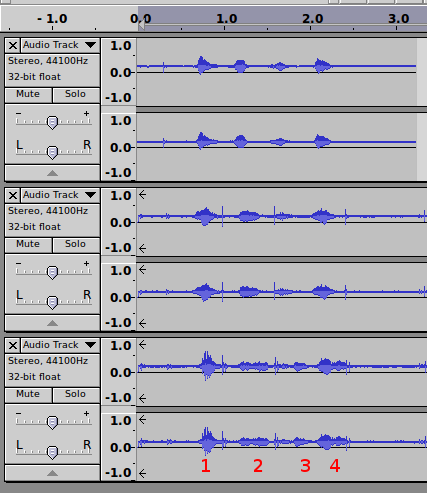z_darius
27 Jun 2011
UK, Ireland / Polish and East European prostitutes in the UK [240]
So you agree that "not always". Hence, not every prostitute is a slut.
I see no common sense in what you wrote before. If common sense were to sufficient then we could easily extrapolate and say that not every person who planned, attempted or committed a homicide is a soldier, but every soldier in Iraq attempted, planned or committed homicide.
The definition given by the OP clearly does not apply to all prostitutes. As for my experience with prostitution, yes, I used to watch TV a lot and you just couldn't escape hearing about some Washington, DC politicians being clients of some high profile prostitutes. Some clearly not sluts. Just businesswomen working for VERY FEW select customers.
Unless forced to prostitution, how else will you explain what they do? I can't imagine any self respecting female sleeping with random guys just for money without having some fun too. Maybe not always but at least often enough to pursue this profession.
So you agree that "not always". Hence, not every prostitute is a slut.
Of course I'm not an expert, to me it's just a common sense, that's it. The way you responded, you sound like someone who's well informed when it comes to prostitution. I'll be happy to hear from you how it works.
I see no common sense in what you wrote before. If common sense were to sufficient then we could easily extrapolate and say that not every person who planned, attempted or committed a homicide is a soldier, but every soldier in Iraq attempted, planned or committed homicide.
The definition given by the OP clearly does not apply to all prostitutes. As for my experience with prostitution, yes, I used to watch TV a lot and you just couldn't escape hearing about some Washington, DC politicians being clients of some high profile prostitutes. Some clearly not sluts. Just businesswomen working for VERY FEW select customers.



